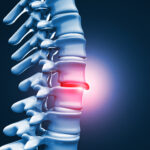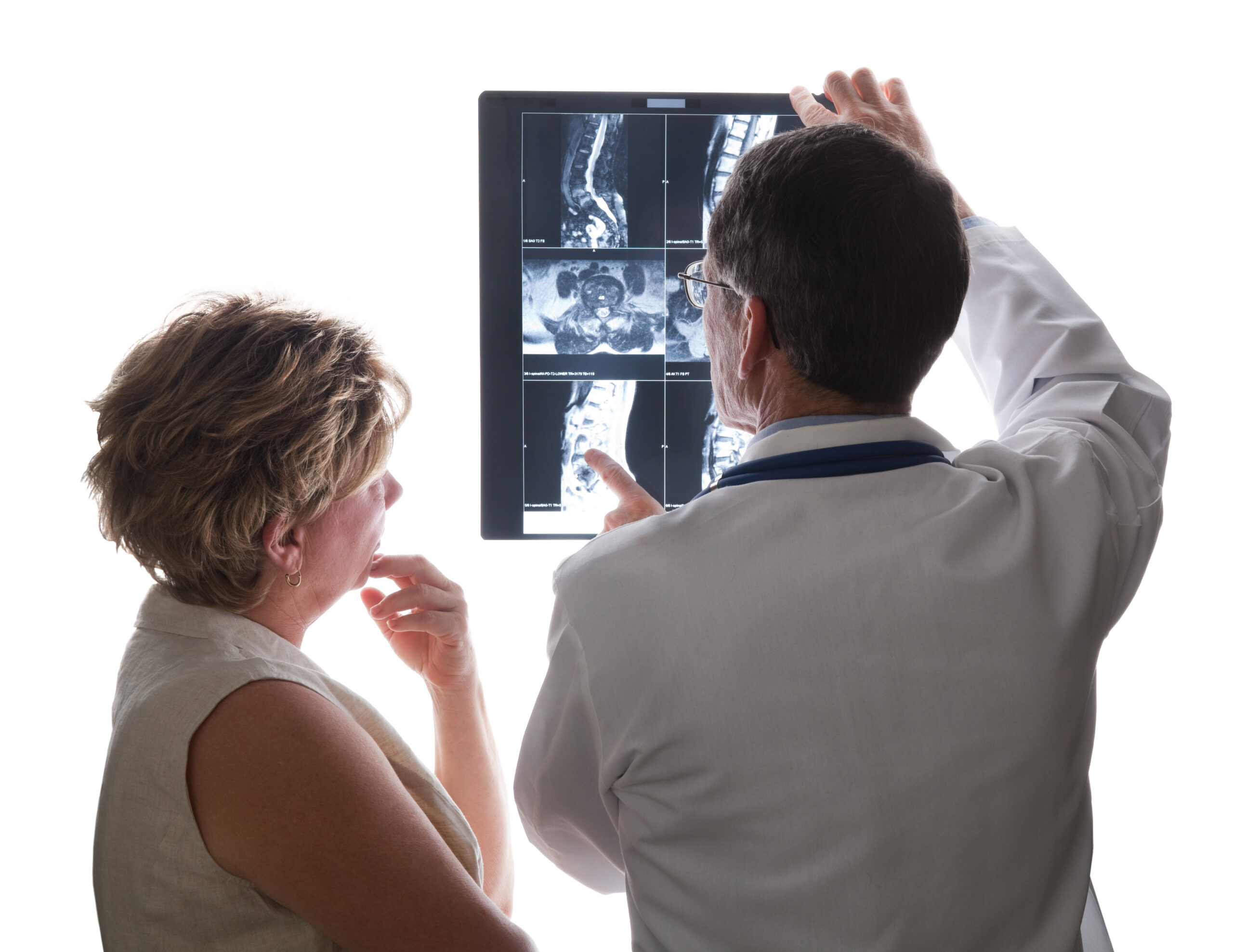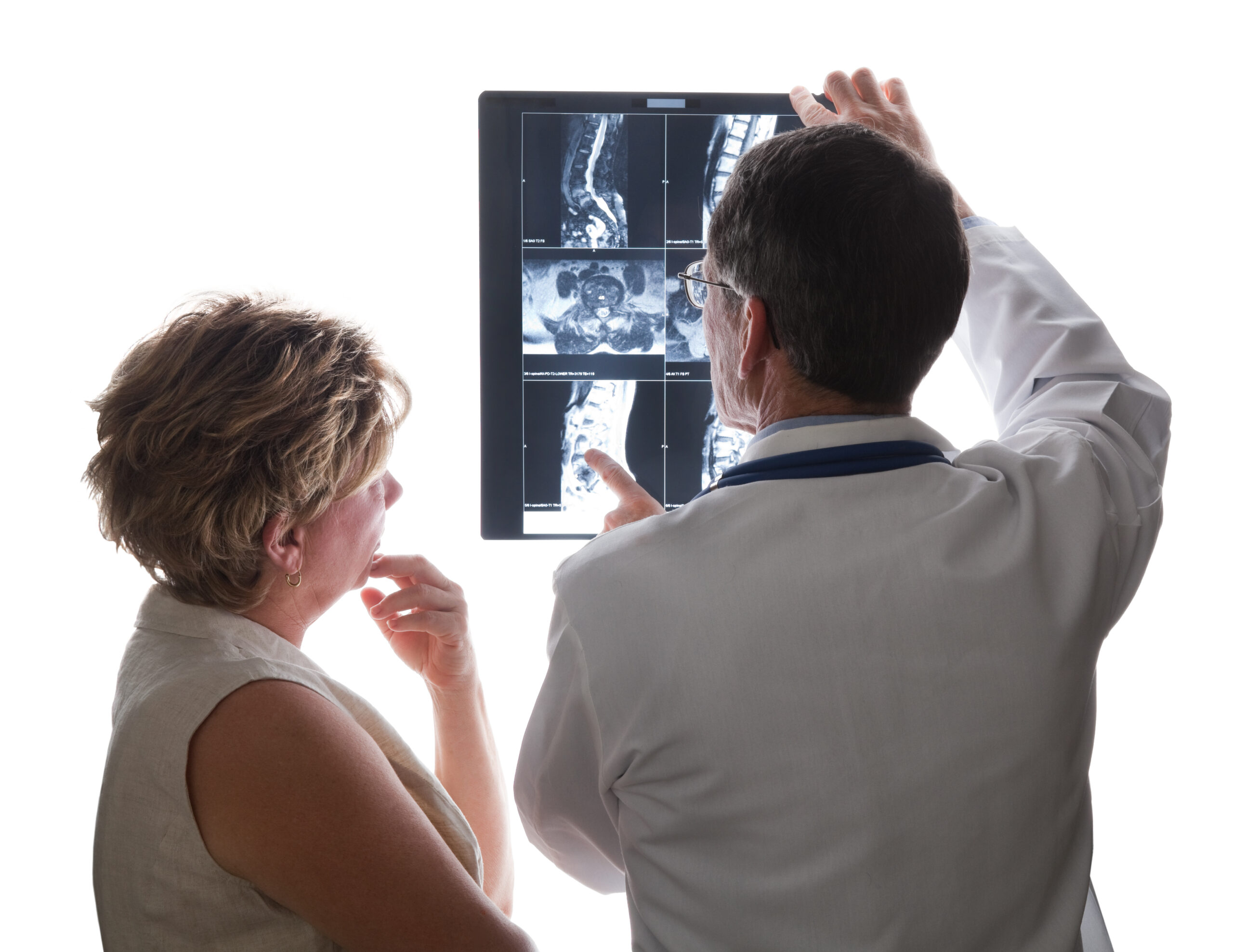
Specialized Cervical Disc Fusion Procedures
The Miracle of Specialized Cervical Disc Fusion Procedures
Specialized cervical disc fusion procedures are minimally invasive surgeries that enjoin two vertebral bones in a patient’s neck. Essentially, your neck has bone grafts and various instruments strategically implanted to treat severe cervical spinal pain and disability.
A surgeon will approach your cervical spine anteriorly or posteriorly, or possibly combine anterior-posterior approaches. A fusion surgery shouldn’t be confused with artificial disc replacements, which preserve motion by switching out a damaged disc. In most patient cases, cervical fusion is the popular option.
In the United States, thousands of patients undergo various single-level and multi-level cervical fusions each year. These are a consequence of degenerative diseases, spinal instability, stenosis, and even pseudoarthrosis after a back surgery doesn’t heal properly. In worst-case scenarios, spinal cord compression, irritation, and a broken neck are common conditions requiring surgery.
“Minimally invasive surgical approaches for the treatment of spinal pathologies have accelerated,” according to a National Library of Medicine study. “This has resulted in superior functional outcomes with less complications.”
In fact, cervical fusions can now be performed percutaneously, or through the skin. “These advances have been facilitated by the development of intraoperative imaging technologies and three-dimensional stereotactic navigation software,” the report states.
Of course, fusion approaches are determined by your symptoms and specific diagnosis.
Types of Specialized Cervical Disc Fusion Procedures
Anterior Cervical Discectomy Fusion tops the list as one of the most common types of specialized cervical disc fusion procedures. ACDF involves making an incision in the front of the neck. An intervertebral spacer device or bone graft is inserted between the vertebrae after the herniated disc material is removed. By fusing the vertebrae together, the bone graft or spacer device creates a solid piece of bone.
According to one study in The Spine Journal, “Satisfaction with the surgery was very high.” These findings looked at the ability of patients with degenerative cervical disease to go back to work after surgery. Researchers analyzed quality of life during long-term follow-up visits. “There was no significant difference in employment status between the patients and the control population,” the report says.
While ACDF is the most common neck surgery, Posterior Cervical Fusion is a secondary choice for many patients. PCF is performed through an incision in the back of the neck. After removing the bony roof of your spinal canal, the surgeon inserts bone graft material between the vertebrae, causing fusion.
“Every cumulative change in patient-reported outcome improved,” states a report on PCF in Science Direct. “Many of the reported changes also exceeded the minimal clinically important differences. Pooled outcome rates with all surgical indications were 98.25 percent for successful fusion. Posterior Cervical Fusion with decompression resulted in significant clinical improvement.”
When a large portion of the vertebral body must be removed, Anterior Cervical Corpectomy Fusion is performed. ACCF removes the vertebral body, replacing it with a bone graft or spacer device.
Lastly, Transoral Odontoid Osteotomy (TOO) is performed to treat atlantoaxial instability. This floppy, loose condition affects bones in your upper spine at the base of the skull. A small portion of the skull’s base is removed to stabilize these bones.
How Minimally Invasive Cervical Fusion is Performed
Depending on the patient, minimally invasive specialized cervical disc fusion procedures usually take 1 – 3 hours. The anesthesia will be administered while you’re lying on your back.
When your own bone is used in the fusion, your hip area is also prepped. However, if a donor bone is used, a hip incision is not required.
A two-inch incision will be made on your neck. To access your spine, the surgeon moves muscles in your neck and retracts the trachea, esophagus, and arteries. After identifying the damage, your surgeon will repair it by using a retractor to spread apart your discs.
Discs are removed by cutting their outer walls, with a surgical microscope eliminating the disc through small grasping tools. Eventually, the nerve is decompressed, and any nerve root pressure is relieved by removing. Nerves can exit your spinal canal more easily after your surgeon drills to enlarge their passageway.
Lastly, a bone-graft fusion is prepared. A tiny chisel is used to access the inner layer of your hipbone after removing the hard outer layer. After the bone graft has been shaped, the surgeon places it between your neck vertebrae. Bone grafts are usually reinforced with metal plates during fusion.
At the end, the incision is closed with sterile strips or medical-surgery glue, all in a safe and secure manner.
Recovery Period for Specialized Cervical Disc Fusion Procedures
Fortunately, the average hospital stay following specialized cervical disc fusion procedures is usually only one night. During recovery, you may experience pain or discomfort, which is why pain medication will likely be prescribed. The day after surgery, most patients can walk and eat.
Just now that light activities or exercises may be recommended. Once you have returned home, you may not be allowed by your doctor to work, drive, or lift objects. Some patients even wear a cervical collar to help stabilize and protect the neck. Your doctor will tell you when you can resume normal day-to-day activities.
Physical therapy is likely to begin a few weeks after surgery. Your neck needs to be strengthened, and your range of motion should be restored. In addition to physical therapy appointments, they will recommend exercises you can do at home.
Your total recovery time depends on the type of surgery you had. Spinal fusions, for example, take 6 – 12 months to become solid. If you follow your recovery plan closely, you have a higher chance of achieving a positive, healthy outcome.
Are You a Candidate for Surgery? Ask Your Spine Doctor
MRIs, CT scans, and imaging tests tell patients if they’re good candidates for minimally invasive specialized cervical disc fusion procedures. You might have a herniated or degenerative disc in your neck or back, or significant weakening in your arm. Maybe your pain is worsening, with no hope of improving until you figure out what’s wrong.
Through testing, many patients find that their discs are ruptured or bulging because the surrounding disc wall is weak. As a result of this material squeezing out, nerves become irritated and swollen.
Degenerative disc disease is another possibility. Facet joints become inflamed when discs wear out, causing bone spurs to develop. When discs dry out and shrink, they lose their flexibility and cushioning, providing less space. A herniated disc or stenosis can result from these changes.
Surgery is not the only solution to every pain problem, as most herniated discs can be healed without surgery. It’s rare for someone with herniated discs to have enough pain to warrant surgery after six weeks of conservative therapy.
Nonetheless, there’s still a possibility that minimally invasive cervical fusion is the best option for you. Whether you should undergo surgery is your choice, but your doctor may recommend it. Consider all your options and benefits before making a decision.
Maxim Health
Through its groundbreaking approaches in specialized cervical disc fusion procedures, Maxim Health is a beacon of innovation. Our comprehensive focus brings together luminaries in spine surgery for an unparalleled experience in care, expertise, and attention. With an extensive track record of successful and intricate procedures, Maxim is also at the forefront of surgical solutions. We help patients regain control of their lives, from non-invasive interventions to the latest advancements in pain relief.










